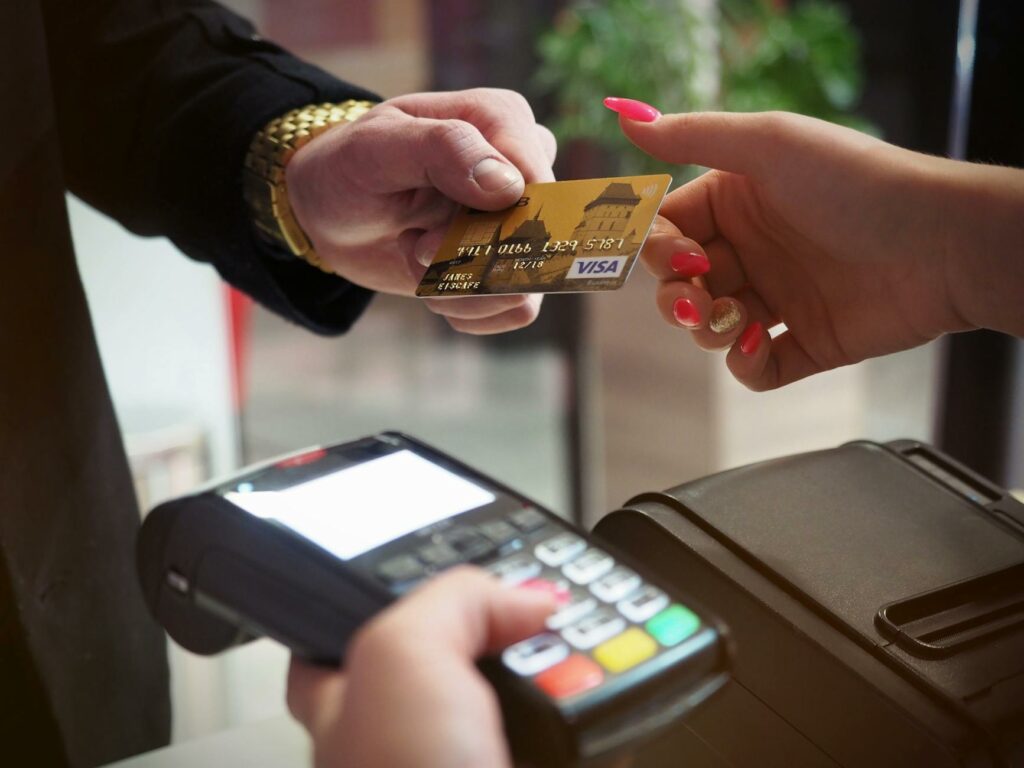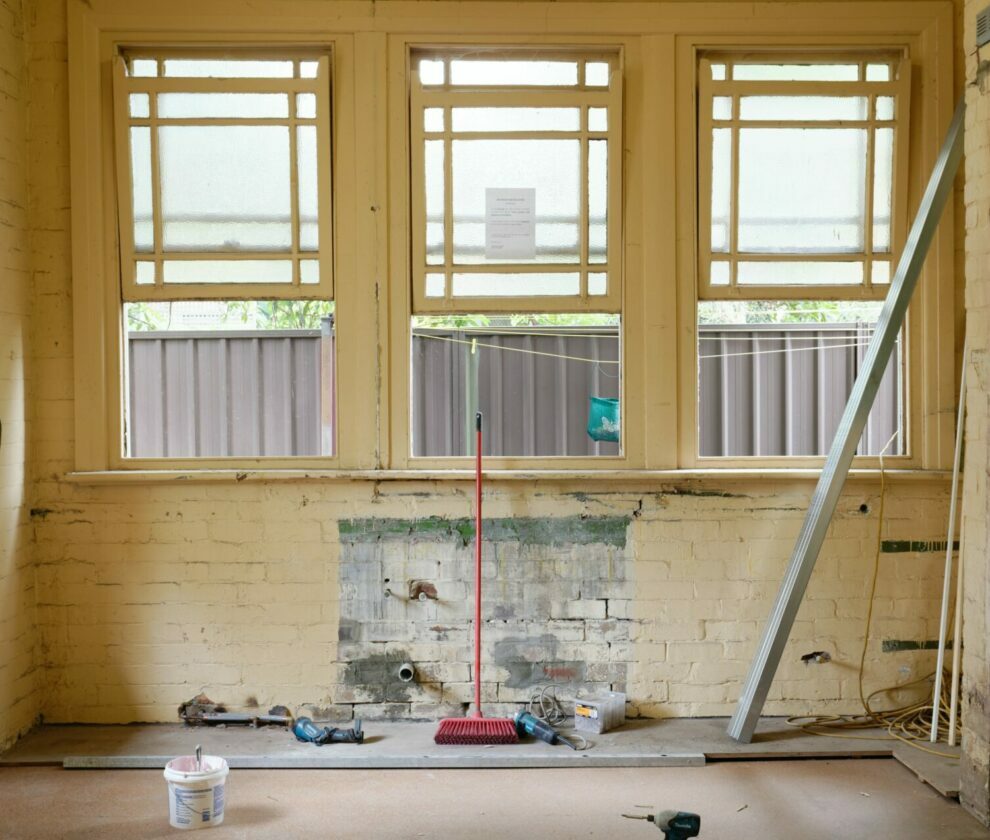
Lets Dig In
Whether you’re new to Canada, just starting your financial journey, or working to recover from credit issues, building your credit is essential for financial success. This guide walks you through how credit works, how to build it strategically, and what to avoid, with tips tailored to your unique situation—whether you’re starting from zero or rebuilding from hardship.
💡 What Is a Credit Score and Why Does It Matter?
In Canada, your credit score is a three-digit number between 300 and 900. Lenders, landlords, insurers, and employers often use it to assess how responsibly you manage debt. The higher your score, the better your access to loans, credit cards, rentals, and even job opportunities.
📊 How Your Credit Score Is Calculated
| Factor | Weight |
|---|---|
| Payment history | 35% |
| Credit utilization (debt-to-limit) | 30% |
| Credit history length | 15% |
| Credit mix (types of accounts) | 10% |
| New credit inquiries | 10% |
Note: Equifax and TransUnion use slightly different scoring models. Checking both is recommended.
🚦 Choose Your Credit-Building Path: Two Starting Points
🔹 If You Have No Credit (Thin File)
You’re likely new to Canada, a student, or have never used credit.
- Ideal tools: Secured credit cards, credit builder loans, rent reporting, and authorized user status.
- Goal: Establish a positive history, not just access debt.
🔹 If You Have Poor Credit (Rebuilding)
You’ve used credit before but had issues like missed payments or collections.
- Ideal tools: Debt consolidation, settlements, secured cards, and disputing inaccurate negative entries.
- Goal: Re-establish trust with lenders over time.
🛠️ Step-by-Step Guide to Building or Rebuilding Credit in Canada
Step 1: Check Your Credit Report
Before making changes, understand your starting point.
- Request your free report from Equifax and TransUnion.
- Review for:
- Errors (wrong balances, duplicate accounts)
- Collections or late payments
- Fraudulent accounts
- Dispute any inaccuracies directly with the bureau.
Step 2: Establish Positive Tradelines
A “tradeline” is any account that reports to the bureaus. The more positive tradelines, the better.
✅ Secured Credit Cards
- Requires a refundable deposit.
- Recommended: Home Trust, Capital One, Neo Financial.
✅ Credit Builder Loans
- Make small monthly payments into a savings account (e.g., through KOHO or Refresh Financial).
- All payments are reported to bureaus.
✅ Become an Authorized User
- Ask a trusted family member to add you to their well-managed card. Their history helps build yours.
✅ Retail/Store Credit Cards
- Easier to qualify for and report to bureaus (e.g., Canadian Tire, PC Financial).
✅ Rent Reporting Services
- Use services like FrontLobby, Chexy, or Landlord Credit Bureau to report rent payments as credit history.
Step 3: Use Credit Responsibly
This is where many people fall short. Good habits are key:
- Utilization: Keep balances under 30% of your limit—ideally under 10%.
- Payments: Always pay at least the minimum before the due date.
- Automation: Set up auto-pay to avoid late payments.
- Avoid cash advances: These come with higher interest and no grace period.
Step 4: Avoid Predatory Credit Products
Be wary of “quick fix” lenders or credit cards with high fees.
🚫 Red Flags to Watch For
- Annual fees over $100 with low limits.
- Payday loans and title loans.
- Credit repair agencies charging upfront fees.
Always read the fine print. If it sounds too good to be true—it likely is.
Step 5: Understand Income’s Role in Credit Approvals
Lenders assess more than just your score.
- Self-employed or gig worker? Keep clean business records and file taxes on time.
- Applying for a mortgage? Most lenders want 2 years of Notices of Assessment (NOA).
- Low income? Start small with low-limit cards and slowly build capacity.
Step 6: Keep Older Accounts Open
Length of credit history affects 15% of your score.
- Don’t cancel old credit cards—especially those in good standing with no annual fee.
Step 7: Monitor Progress With Digital Tools
Fintech apps are making credit building easier:
| App | Features |
|---|---|
| KOHO | Prepaid Visa with credit building tool |
| Borrowell | Free credit score, product recommendations |
| Chexy | Allows rent payments to count toward your credit report |
| Credit Karma | Free TransUnion score and tips |
Step 8: Special Tips for Newcomers to Canada
New immigrants face unique challenges—but also have unique solutions:
- International History? HSBC, Scotiabank, and Amex may consider global credit through special programs.
- Car Loans: Avoid high-interest dealership loans that can damage your credit mix.
- Global Transfer: Amex Global Transfer can bring your credit history from the U.S. or U.K.
Step 9: Rebuilding After Bankruptcy or Collections
Yes, you can still rebuild.
- Wait at least 6 months after discharge before applying for new credit.
- Apply for a secured card or credit builder loan.
- Use the new tradelines wisely to rebuild.
- Dispute any incorrect post-bankruptcy collections.
Step 10: Understand Provincial Differences
Credit rules aren’t identical across Canada.
- Quebec has stricter privacy laws around credit checks.
- Always verify local rules via your province’s financial regulator or ombudsman.
📈 Real-World Example
Case Study: “John”
- Starting Score: 580
- Tools Used: Secured card + KOHO + Rent reporting
- Action: Paid bills on time, kept usage under 15%, avoided new inquiries
- Result: Reached 710 in 11 months
📚 Additional Resources
🧠 Final Thoughts
Building credit in Canada is both a science and a discipline. Whether you’re starting with nothing, bouncing back from a financial setback, or navigating as a newcomer—there’s a proven path forward.
✅ Focus on payment consistency
✅ Stay below your credit limits
✅ Leverage modern tools and programs
✅ Avoid shortcuts and predatory lenders
With time and the right strategy, a strong credit score is not only achievable—it’s inevitable.
Article by Raymond Iskin


